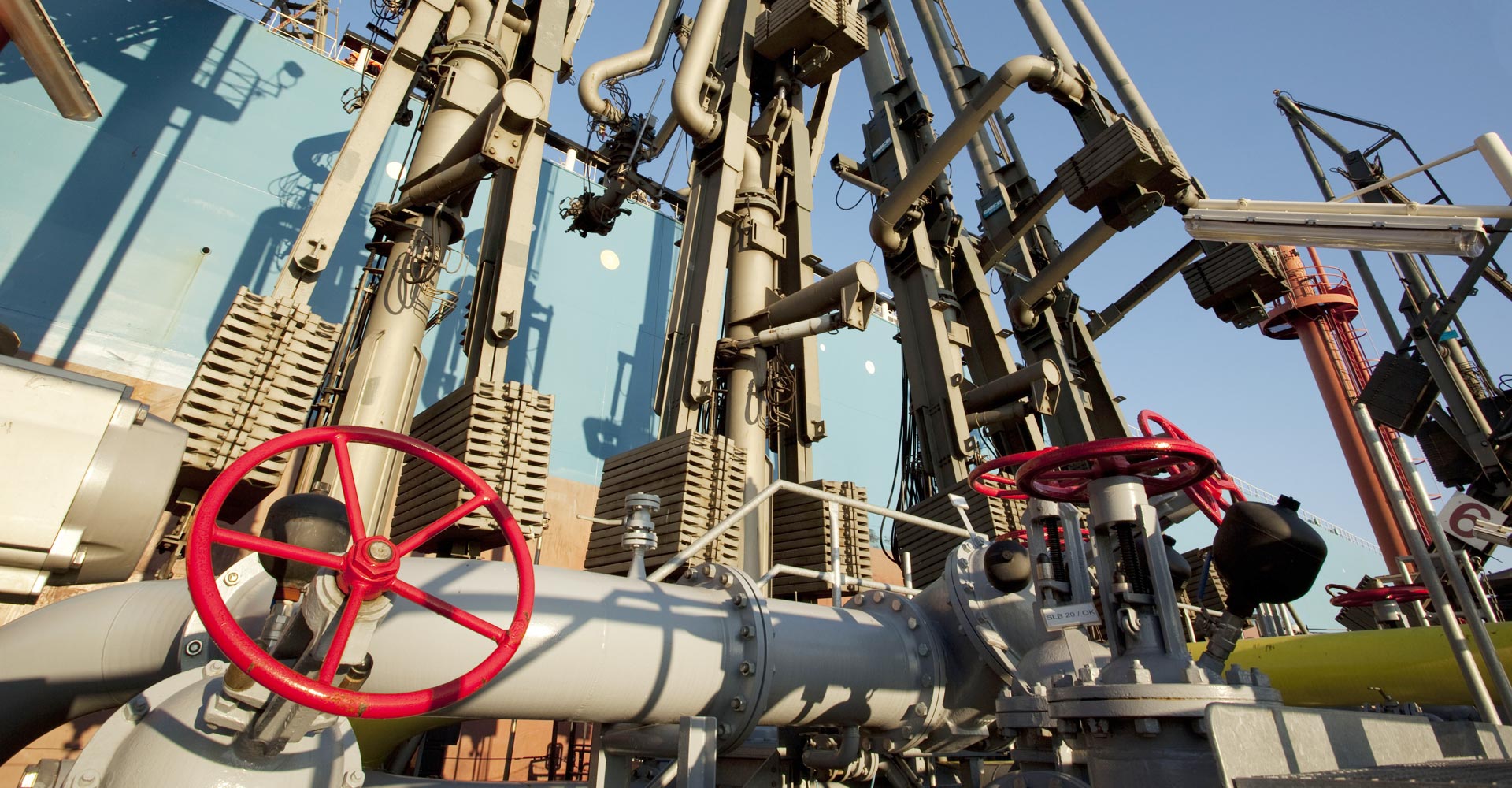Biogas Plant
A biogas plant is where biogas is produced by fermenting biomass. The substrate used for the production of this methane-containing gas usually consists of energy crops such as corn, or waste materials such as manure or food waste. The fermentation residue left over from the substrates at the end of the process can be used as fertilizer.
The biogas is produced by the microbacterial decomposition of the substrate in an oxygen-free environment, i.e. under anaerobic conditions. To do this, the substrate is pumped into the fermenters. The substrate is stored here under anaerobic conditions and is periodically shifted by agitators to avoid the formation of surface scum and sinking layers. This also allows the biogas to rise more easily. Unlike in the decomposition of biomass under aerobic conditions (for example, composting), under anaerobic conditions the microbacterial organisms can only use a small part of the energy contained. The anaerobically non-usable energy is contained in the “waste product” of biogas in the form of biomethane.
Before being fed into the gas grid, this crude biogas from the biogas plant still has to be processed in a processing plant to attain natural gas quality, which means that substances such as carbon dioxide, hydrogen, oxygen and sulfur are filtered out. To do this, it is desulfurized by an iron-containing filter material, or its sulfur content is released by the addition of oxygen. In a final step the gas is dehumidified and can then be used to generate electricity and heat, which is why many biogas plants have combined heat and power units (CHP). The purified biogas can also be fed into the gas grid and transported to points of consumption. A meter measures how much “green gas” was fed in. In this way, besides being piped to industrial customers, biogas can also be made available to bio-CNG dispensers at service stations for natural gas vehicles.
One key differentiator of biogas plants is their mode of operation. Depending on the substrate, the fermentation process is wet or dry. For substrates such as manure with a high liquid content, wet fermentation is always used. Dry or solid-state fermentation is used for stackable organic biomass such as municipal biowaste. A distinction can also be made between agricultural and industrial biogas plants. The input material is the decisive factor. Industrial biogas plants mainly use residual and waste materials in accordance with the German “Biowaste Ordinance (Bioabfallverordnung).” The operation of these plants is subject to more stringent requirements than that of “NAWARO” biogas plants, which mainly ferment energy plants.
The biogas plant operated by IndianOiltanking (IOT) in Namakkal, India, produces CBG (Compressed Biogas).

